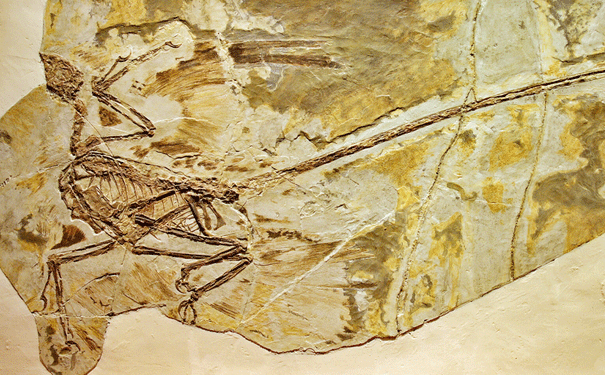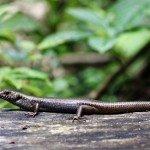
A feathered dinosaur dating back to the Early Cretaceous, Liaoning province, China. Image: Shutterstock
Chilly winters in the Cretaceous could explain the number of feathered dinosaurs in China.
Experts have long thought that the age of dinosaurs was warm. However, a new study of Chinese dinosaurs from the Centre National de la Recherche Scientifique challenges this theory, suggesting that Mesozoic China had a temperate climate with harsh winters.
A team of palaeontologists from France, China and Japan focused on a region in northeast China, where the Jehol fauna (all living organisms in this region during the early Cretaceous) evolved 125-110 million years ago. Many of the fossils in the deposit had filamentous structures resembling bird feathers, which scientists have suggested may have served as insulation since these dinosaurs couldn’t fly.
The local air temperature determines the oxygen isotopes in rainwater, which is then drunk by animals. The oxygen isotopes contained in rainwater is stored in teeth and bones. This enables scientists to reconstruct the temperature at the time the animals lived.
The palaeontologists collected the bones and teeth of dinosaurs, crocodiles, freshwater fish, mammalian reptiles and turtles from fossil deposits containing Jehol fauna. They examined the oxygen isotopes found in the dinosaur teeth and compared this to the isotopes in samples taken from contemporary fossils.
The results shown that the climate in China during the early Cretaceous would have been similar to conditions today. Romain Amiot, the lead author of the study, said in the press release “These results do not prove in any way that feathers appeared because of their insulating characteristics.
“They show that feathers would have given the dinosaurs of the Jehol fauna a physiological advantage over their fellow animals with scales.”
For more information about dinosaurs and their colours check out the latest issue of Science Illustrated.






